Yesterday afternoon, December 7, CNN reported that a representative of the opposition military coalition, led by the Hayat Tahrir al-Sham (HTS) group, announced that it was conducting a siege campaign on the Syrian capital Damascus. The announcement confirmed that the "final phase" of the siege campaign on Damascus had begun, but this information could not be verified. Previously, Reuters reported that on December 7, opposition military forces launched a lightning attack close to the city of Homs in the central region of Syria.
The regime is shaky.
Since the opposition captured the city of Aleppo on November 30, the government's defenses have been gradually collapsing across Syria. In addition to capturing Aleppo in the north, Hama in the center and Deir al-Zor in the east, opposition forces have gradually taken control of several other areas in southern Syria. On the other hand, the Syrian army said it was carrying out airstrikes around Hama and Homs, and stepping up counterattacks on these fronts. However, Reuters quoted Western officials as saying that the Syrian army was in a difficult situation and could not stop the opposition forces.
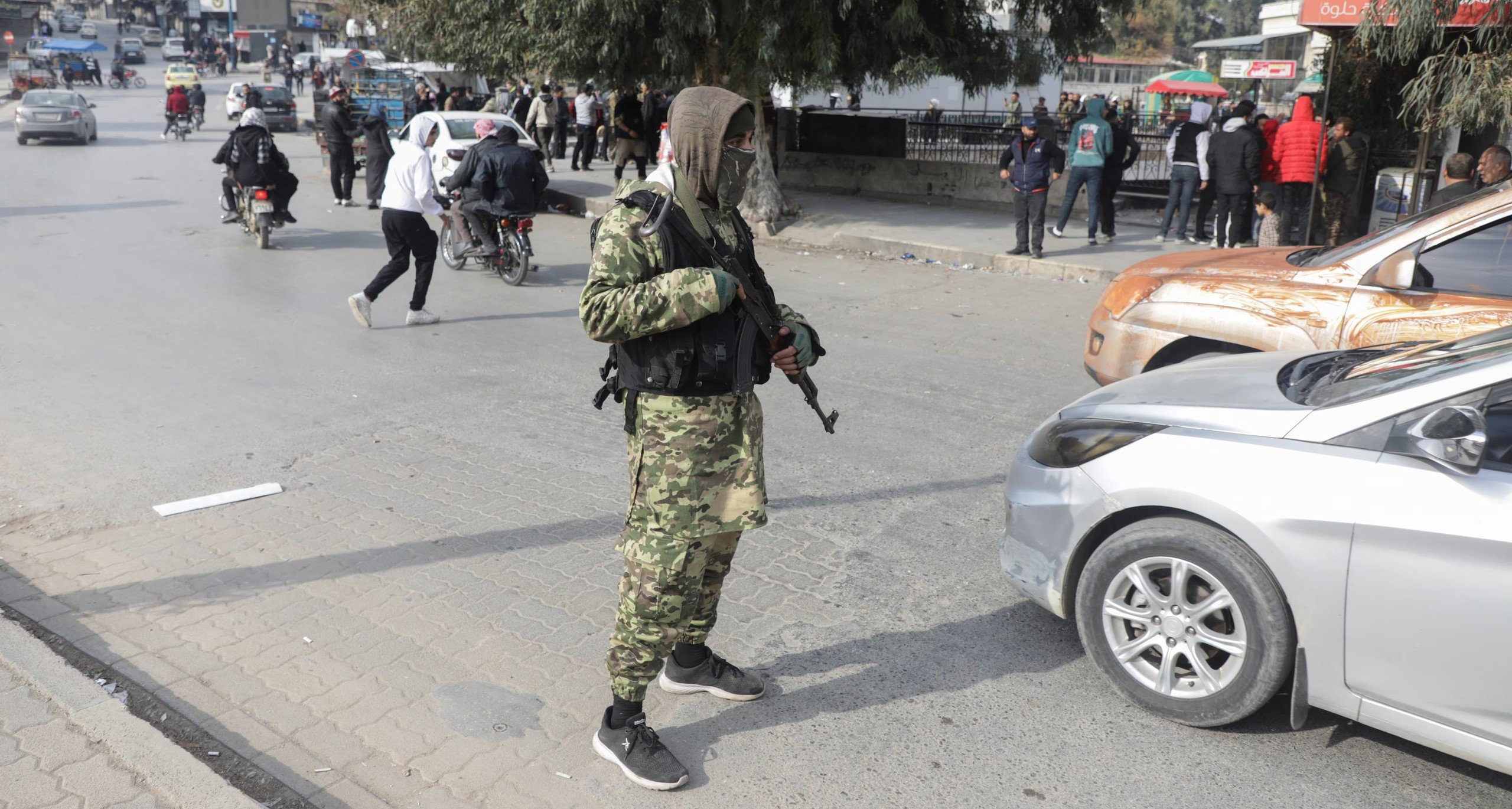
Gunmen of an opposition military force in Syria (photo taken on December 6)
In recent days, Iran and its close ally Hezbollah in Lebanon, which are allies of the al-Assad regime, have been facing many difficulties due to pressure from Israel. On the other hand, Russia - another important ally of the Syrian government - is also having to concentrate its forces on the Ukrainian battlefield. Recently, there have been many signs that Moscow has coordinated its military power from Syria to Ukraine.
As a result, Iran and Russia’s support for Syria is limited. The current situation means that al-Assad’s government is facing the risk of collapse after a period of relative peace.
Multi-lateral influence
If President al-Assad’s government loses control of more and more areas, Hezbollah in Lebanon will also be severely damaged. Syria has long been considered a strategic corridor for Iran to transfer weapons to Hezbollah.
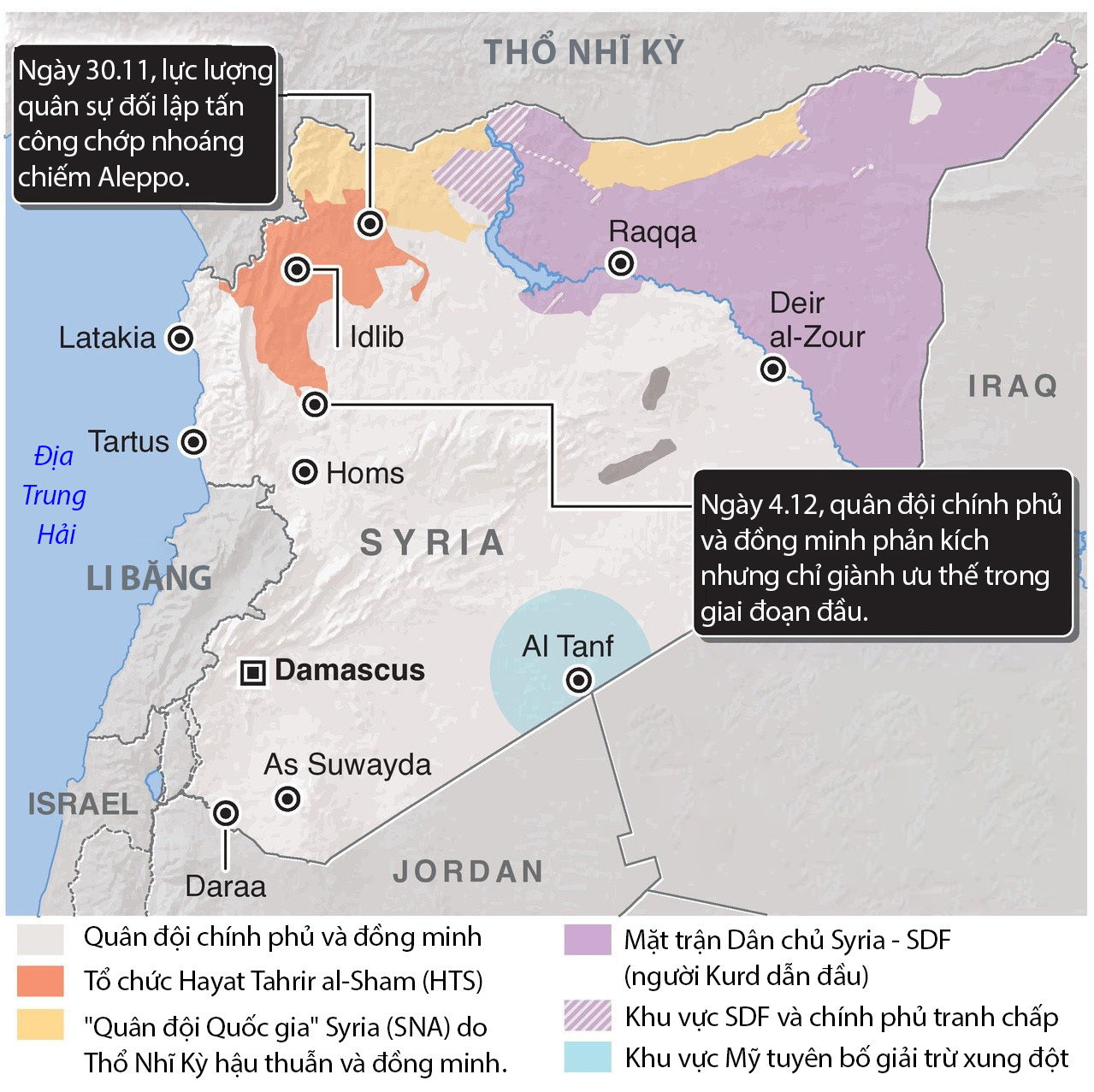
Areas controlled by military forces in Syria
Graphics: Phat Tien
In the current context, if Hezbollah loses this strategic corridor, it will be further pressured by Israel when the two sides have just reached a fragile ceasefire. Not only that, when Damascus is increasingly losing ground, it will be a great opportunity for Tel Aviv to conduct raids on some military forces in Syria that support Hamas and Hezbollah. At the same time, Tehran's influence in the region will increasingly decrease, and the balance of power between Iran and Türkiye will tilt more and more towards Ankara.
Furthermore, if it cannot protect President al-Assad's regime, Russia's influence in the Middle East and North Africa will also be greatly reduced, and it may even face negative impacts at the negotiating table on the Ukraine conflict.
On the other hand, if instability in Syria continues to rise, European countries will once again face a wave of refugees from Syria that happened about 10 years ago.
Key forces in Syria
First is the government army and some paramilitary groups close to President al-Assad, while the government also has strong support from Hezbollah forces in Lebanon.
The second is the Kurdish-led Syrian Democratic Front (SDF) backed by the US.
Third is Hayat Tahrir al-Sham (HTS, formerly the Nusra Front), a former al-Qaeda affiliate that is now listed as a terrorist organization by many countries including the US, Russia and Türkiye. But some sources claim that Türkiye still has communication channels with HTS.
Fourth is the Turkish-backed Syrian National Army (SNA) and several pro-Turkish groups.
Source: https://thanhnien.vn/tac-dong-tu-chao-lua-syria-them-kho-luong-185241207230549754.htm


![[Photo] "Beauties" participate in the parade rehearsal at Bien Hoa airport](https://vstatic.vietnam.vn/vietnam/resource/IMAGE/2025/4/11/155502af3384431e918de0e2e585d13a)
![[Photo] Looking back at the impressive moments of the Vietnamese rescue team in Myanmar](https://vstatic.vietnam.vn/vietnam/resource/IMAGE/2025/4/11/5623ca902a934e19b604c718265249d0)




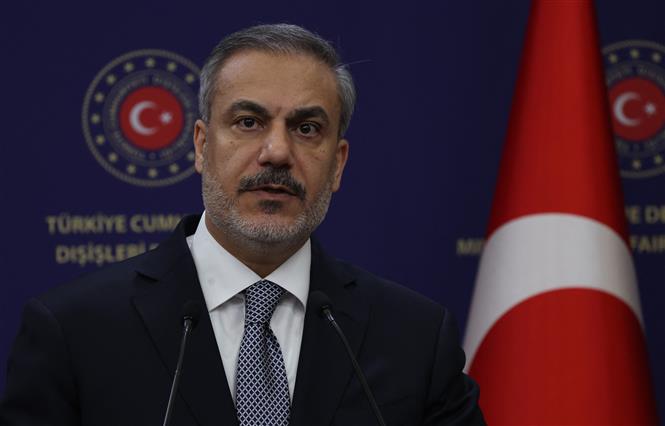

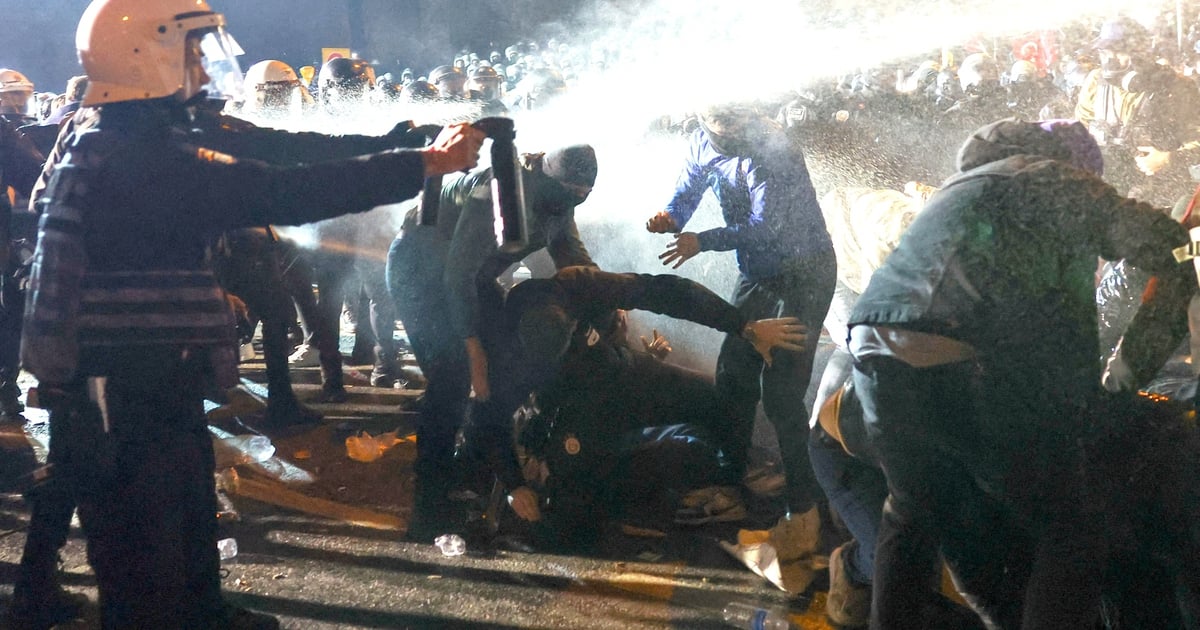
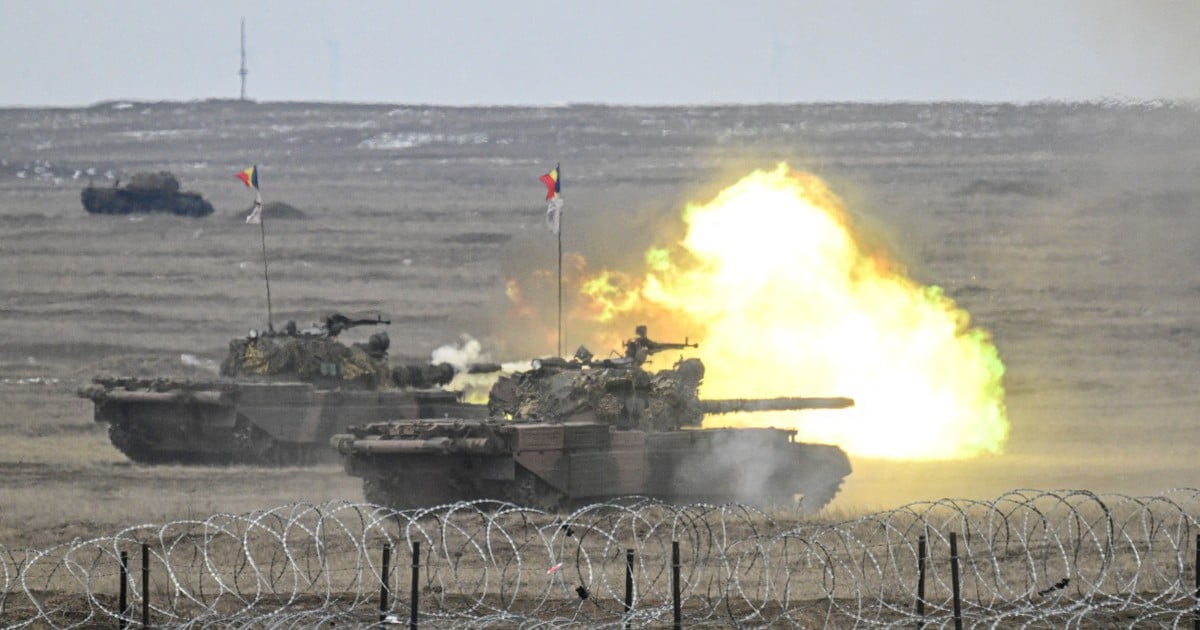
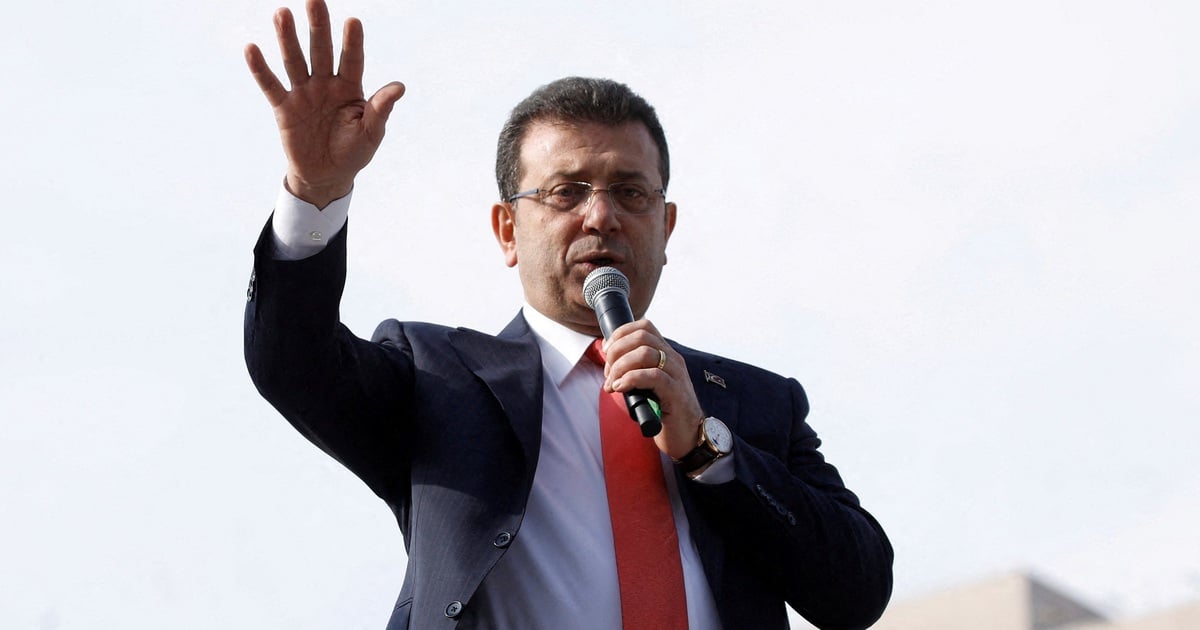
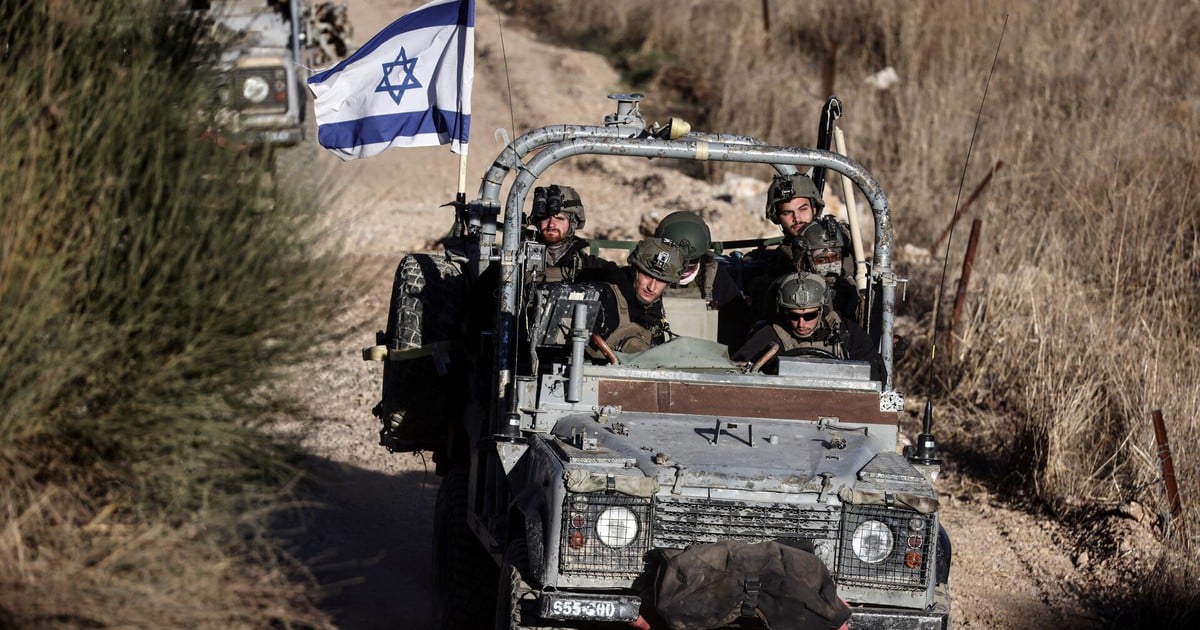
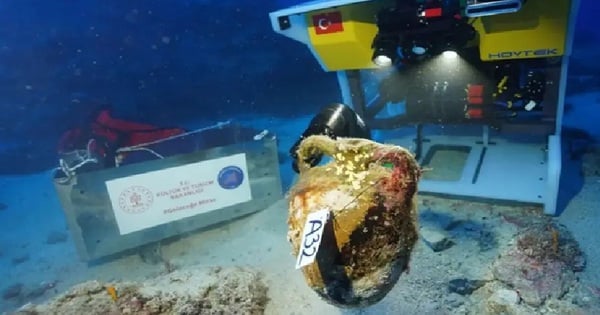

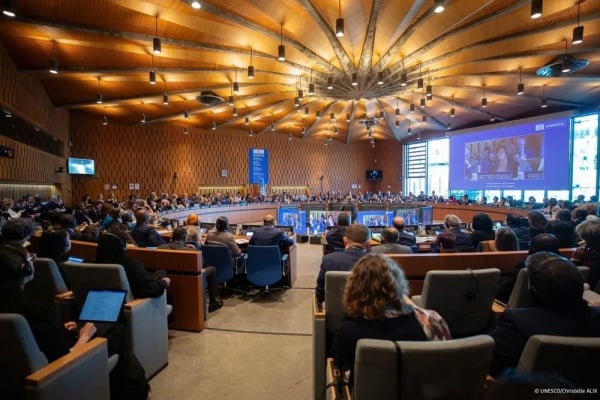



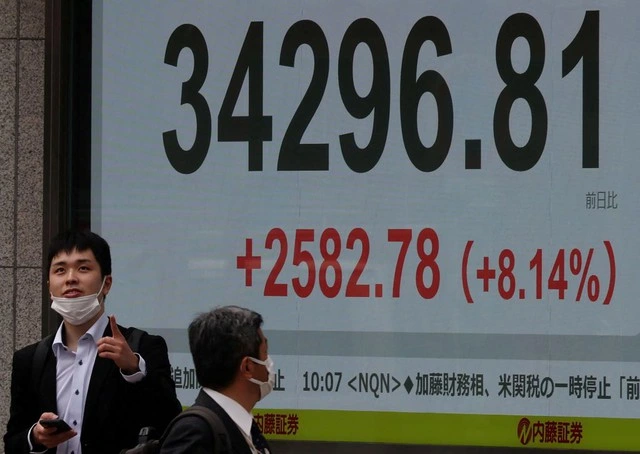
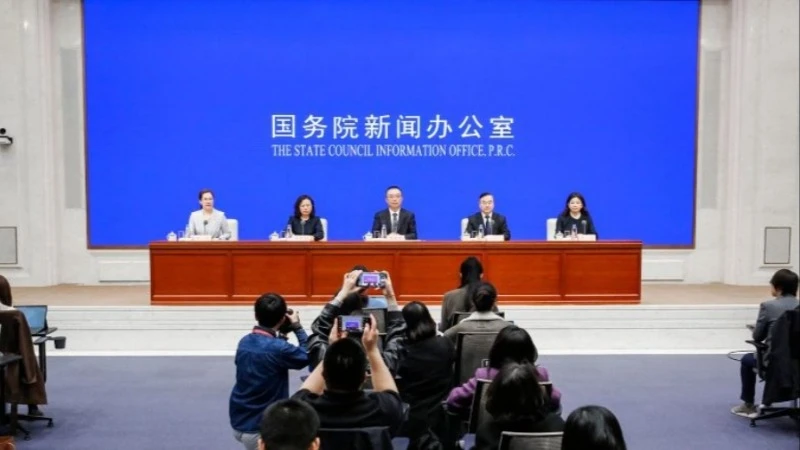









![[Photo] Summary of parade practice in preparation for the April 30th celebration](https://vstatic.vietnam.vn/vietnam/resource/IMAGE/2025/4/11/78cfee0f2cc045b387ff1a4362b5950f)















































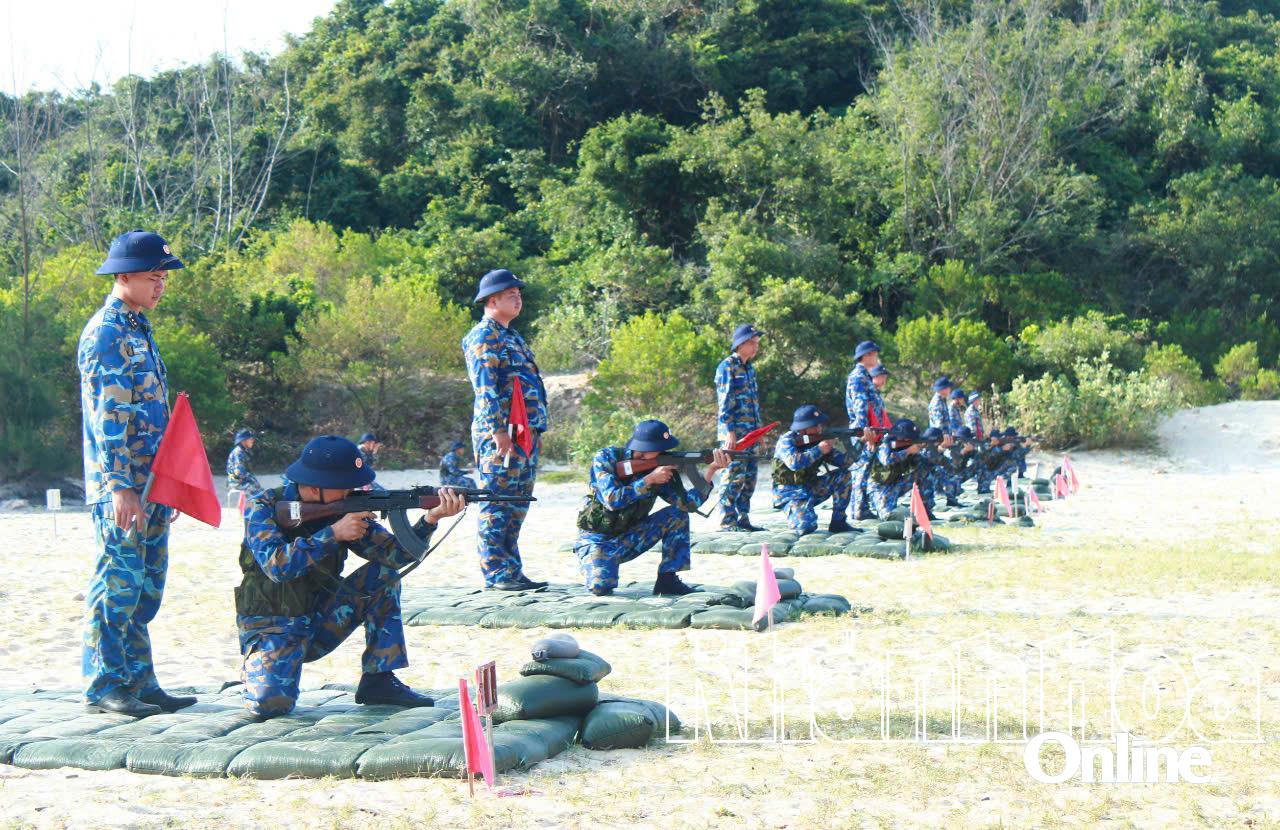














Comment (0)